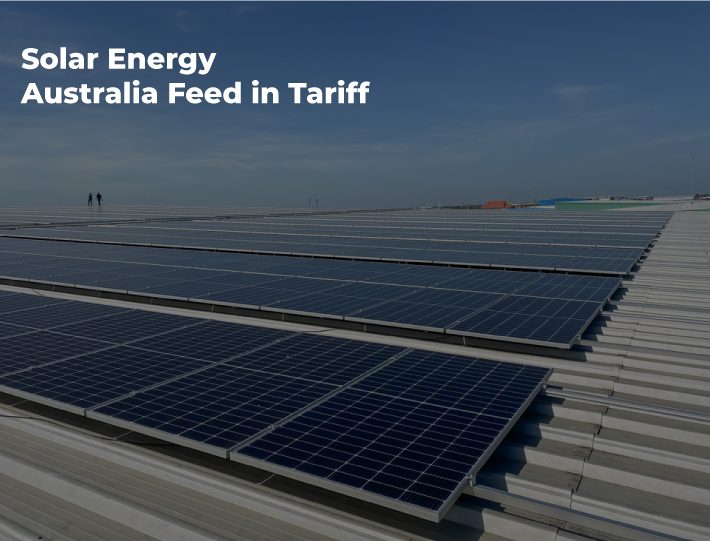Solar Energy Australia Feed in Tariff
If you were an early adopter of solar energy in South Australia, your system may be receiving an energy Australia feed-in tariff.
And although the tariff may have served you well in the past, circumstances change. As with any investment, it is prudent to examine your solar system and see whether it may be improved. If you have a premium tariff but still have excessively high expenses, you should consider upgrading*.
Having Proper Meter
Owners of solar systems in New South Wales are encouraged to switch from gross to net meters in order to maximize potential savings after the program expires.
What then is the difference? In this case, a gross meter transmits all of the solar energy generated by the home to the grid. As with a non-solar home, the household obtains all of its electricity from the grid, so solar energy is never directly utilized.
This arrangement is perfect for bonus programs since homeowners get compensated (through best solar feed in tariff) for all the energy they create, and in the case of New South Wales, the rate was up to twice the power purchase price.
When the program concludes, the gross meter will lose its financial advantage, since solar energy provided to the grid will be purchased at a rate lower than the power purchase price.
With a net meter, solar energy generated by a residence is used directly, and only the surplus energy is transmitted to the grid. Although they will continue to get the highest feed-in tariff for this energy, it will be at a lower rate.
What are the advantages of making the adjustment? The home may now minimize its energy costs by utilizing the solar energy it generates, which will compensate for the amount of electricity it needs from the grid.
Changing How Solar Works for Your Benefit
To reap the full benefits of the net meter system, houses who make the transition must begin utilizing as much solar energy as feasible.
As solar systems only produce energy during daylight hours, and this energy must be utilized immediately, residences with a net meter must consider using energy-intensive equipment, such as dryers, throughout the day.
In a home full of active people, the house may remain vacant and unoccupied all day, necessitating a mental shift and some forethought. It may, however, be accomplished with simple adjustments, such as installing timers on items like washing machines so they operate during peak sunlight hours.
Investing in solar battery storage is the next step for truly maximizing solar electricity. The solar batteries store the energy created by the solar panels and then distribute it at the end of the day, when the sun has set and power costs the greatest. This removes the burden of attempting to consume all energy as it is created.
In conclusion
The highest feed-in tariff of at least 44 cents may appear to be the best solution. Nevertheless, if you haven't examined what it's supplying you currently, perhaps you should.
Similar to everything else in life, your energy demands and how you use energy will always vary, so it's always a good idea to evaluate where your investment is and how you may get more out of it. If you have a system with the best solar feed-in tariff, it is likely that it is a tiny system that is still functional, but no longer meets your needs.
If your power costs are too high and your past 12 months of feed-in credits are less than the savings you may make by installing more solar panels, then it's time to contact ZEN*. With a few clicks or a phone call, we'll discuss your situation and determine the best course of action.

